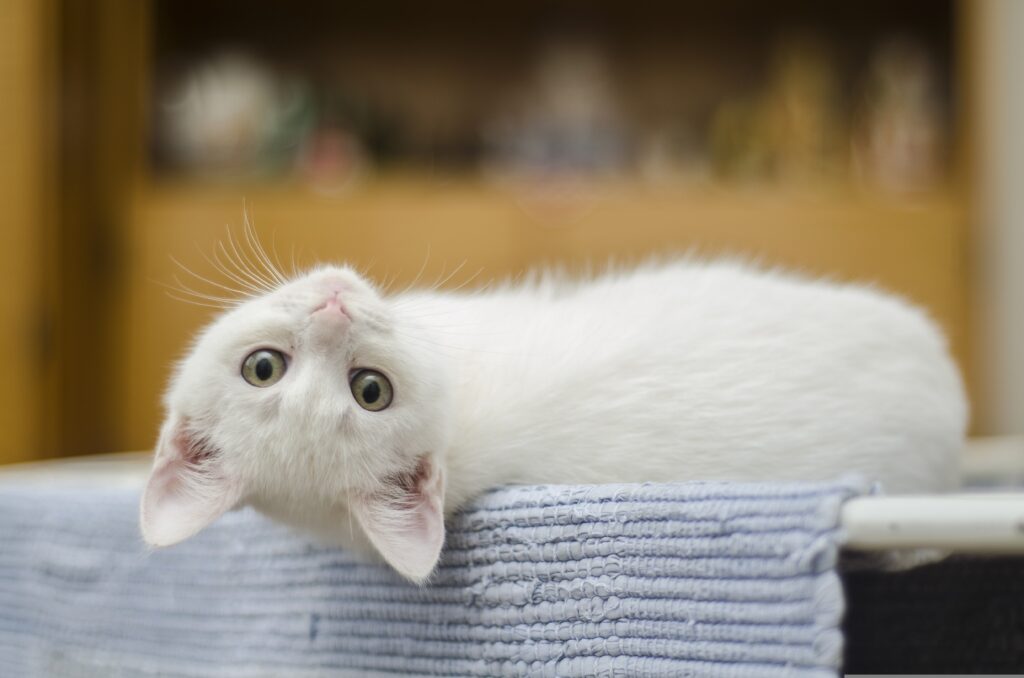
Curious Look
A curious look is one of the most powerful and natural expressions that every human carries at different moments of life. It is more than just an innocent glance—it is the spark of discovery, the light in the eyes that reflects a mind full of questions and eagerness. When someone has a curious look, it shows their inner world, where observation and imagination meet. This expression is not limited to children; even adults, explorers, scientists, artists, and dreamers carry the same spark when they are deeply engaged in seeking answers. A curious look is the foundation of growth because it awakens the desire to learn, to question, and to go beyond the ordinary.
From early childhood, curiosity becomes the first teacher. A child staring at a butterfly, touching a flower, or gazing at the stars carries the same curious look that once pushed humanity to explore the oceans and reach the skies. That look is a sign of innocence, but it is also a symbol of endless possibilities. Every invention, from the wheel to modern technology, was born out of the curiosity that began with a simple question: “What if?” or “Why not?” The curious look is therefore not just a fleeting moment—it is the spark behind all progress.
In daily life, this expression plays a silent yet significant role. When a student listens carefully to a teacher, when a traveler admires the beauty of a new culture, or when an artist observes the world to create something unique, their eyes reflect that same curiosity. It is an unspoken language that tells others we are interested, engaged, and ready to learn more. Even in conversations, a curious look shows respect and attention, as if saying, “Your words matter, and I want to understand them better.”
Psychologically, curiosity has been proven to strengthen learning and memory. The mind becomes more active when driven by interest, and that is why a curious look often leads to deeper understanding. Instead of simply watching, the curious observer absorbs details, connects ideas, and imagines new outcomes. This is why great thinkers and inventors often carried that unique sparkle in their eyes—because they were always curious. A curious look, therefore, is not just emotional; it is intellectual, connecting the heart with the mind.
In relationships too, this look has special value. When we show curiosity toward others, it creates trust and deeper bonds. Looking at someone with genuine interest shows care, empathy, and respect for their story. It is the same look that parents give to their children when discovering their talents, or friends share when they find out something new about each other. This curiosity strengthens human connections, reminding us that learning about people is just as important as learning about the world.
Creativity also thrives on curiosity, and the look that reflects it often inspires imagination. Writers, painters, and musicians often begin their work by observing something ordinary with extraordinary interest. That curious gaze transforms small details into meaningful art. The same happens in science, where a curious look at a falling apple led to the discovery of gravity. History is filled with examples where a simple spark of wonder changed the world.
Ultimately, a curious look is not just about wanting to know more—it is about celebrating the never-ending journey of discovery. Life becomes more meaningful when we see the world with fresh eyes, ready to learn and explore every moment. This look teaches us that knowledge has no limits, and that the world is full of mysteries waiting to be understood. A curious look is, therefore, not just an expression but a lifestyle, reminding us that growth begins with wonder and that the eyes are the first step toward unlocking the infinite possibilities of the mind.
